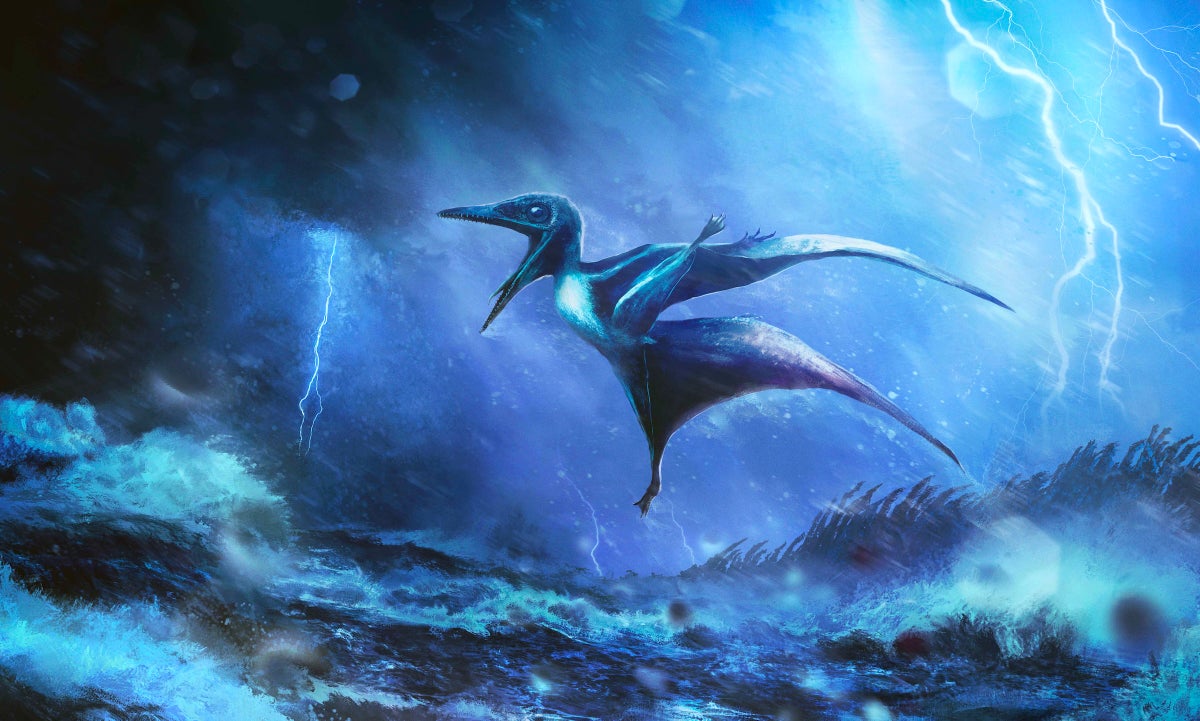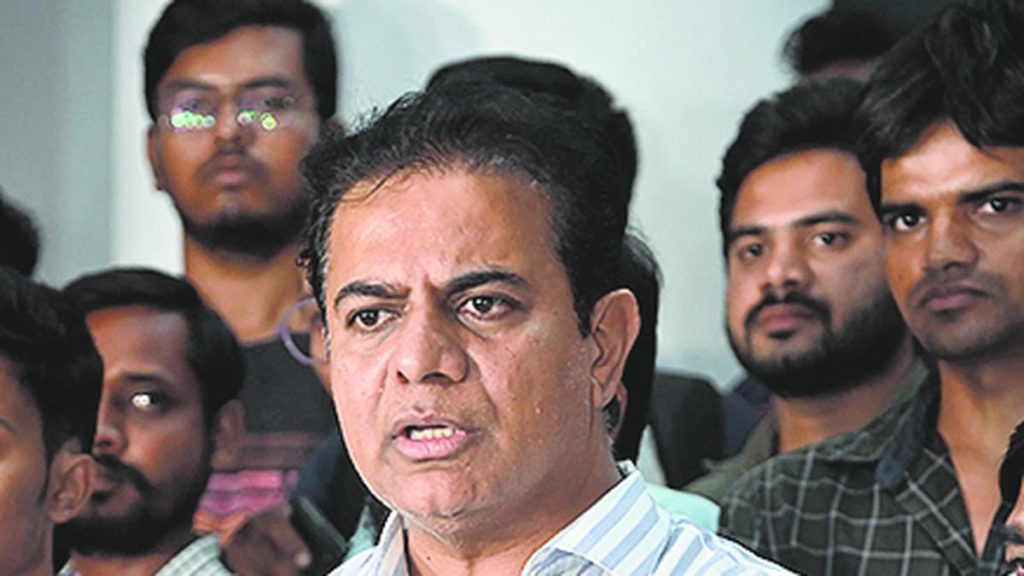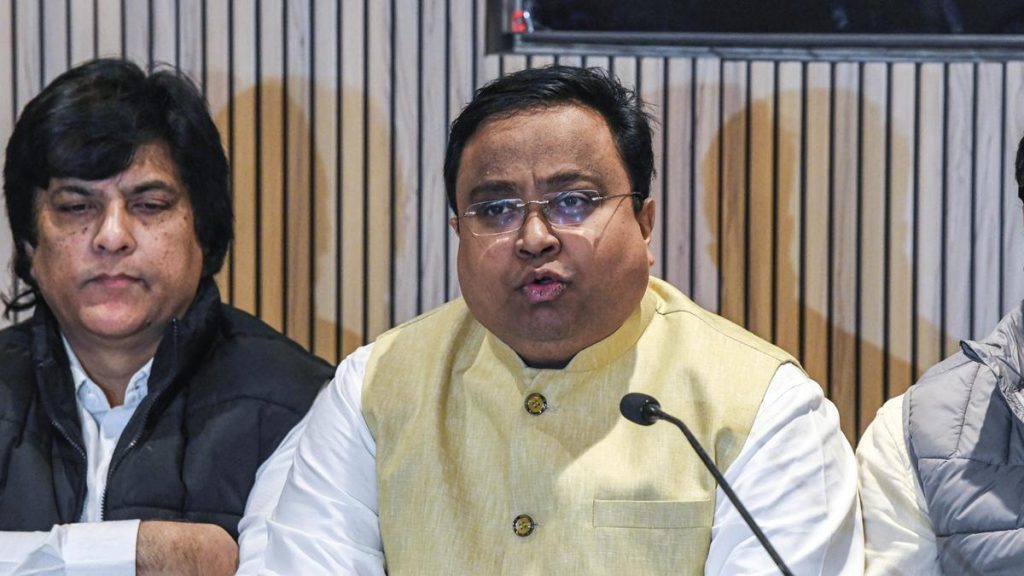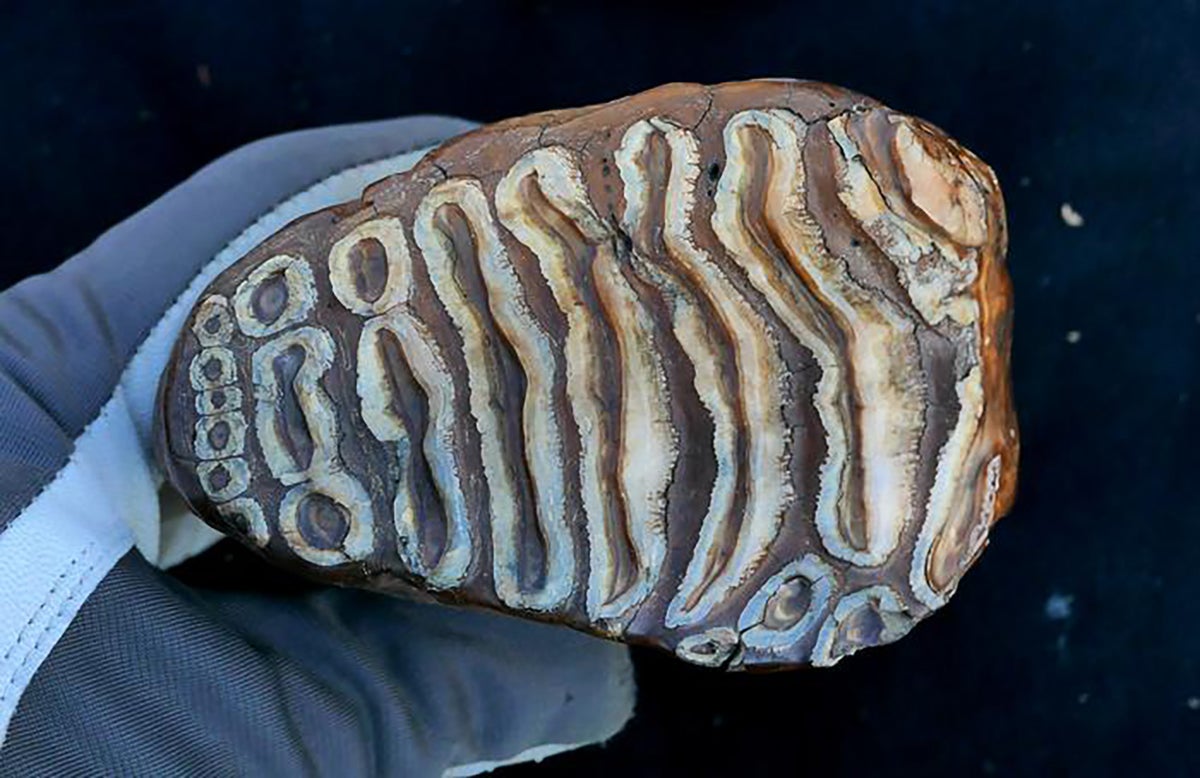Now Reading: Pterosaur Hatchlings Perished in Ancient Storm, Fossils Reveal
-
01
Pterosaur Hatchlings Perished in Ancient Storm, Fossils Reveal
Pterosaur Hatchlings Perished in Ancient Storm, Fossils Reveal

Quick Summary
- Fossil evidence suggests that about 150 million years ago, two baby pterosaurs died during a tropical storm in Jurassic-period Germany.
- The hatchlings, belonging to the species Pterodactylus antiquus, had wingspans of roughly 7.9 inches (20 cm) and were no older than a few weeks when they perished.
- Analysis revealed twisted wing fractures caused by powerful winds while they were in flight-an injury type documented in birds but never previously observed in pterosaurs.
- The fossils were discovered at Solnhofen Limestone, renowned for its extraordinary preservation of Jurassic life due to unique geological conditions.
- Researchers posit that Solnhofen was not a thriving habitat for juvenile pterosaurs but rather a “death trap,” where storms buried small,fragile hatchlings in sediment.
- Using ultraviolet light to examine the fossils provided insights into their injuries and enhanced understanding of the paleoenvironment.
- This study adds evidence that pterosaur hatchlings could fly shortly after hatching while highlighting biases in fossil records linked to specific preservation conditions.
Indian Opinion Analysis
The findings offer fascinating insights into prehistoric ecosystems and the evolution of flight among vertebrates. While primarily focused on paleontology, this research encourages broader applications. For India-home to various fossil discoveries-the case underscores how specific environmental factors shape fossilization processes and influence scientific interpretations. Such studies could inform ongoing efforts within India’s Geological Survey or academic institutions seeking deeper understanding of local paleoenvironments.
Moreover, it reinforces science’s role as an impartial reconstructor of historical narratives based on physical evidence-a method highly relevant for revealing ecological patterns across time.Investments toward advancing tools like UV analysis might benefit India’s scientific community engaged in similar work wiht regional fossils or bio-geological heritage sites.
India’s active participation in such global collaborations may ensure better resource optimization while fostering international knowledge exchange within specialized fields like paleontology.
























